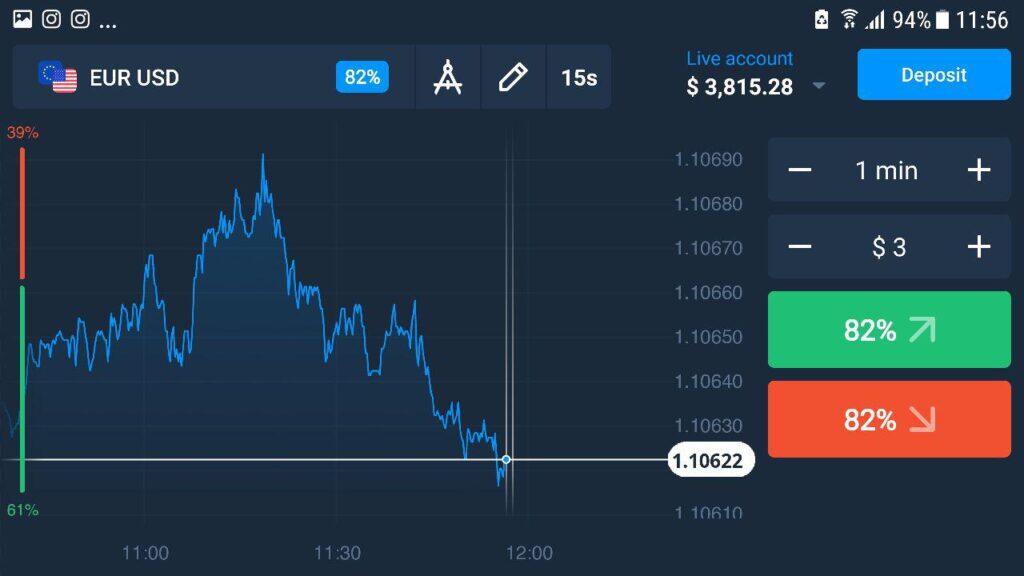
The region is defined by a 4-tuple, where coordinates are (left, upper, right, lower). The factor of 1/9 is there so that the overall weighting of the kernel is 1. The result of the convolution is a blurred version of the original image. There are other kernels that perform different functions, including different blurring methods, edge detection, sharpening, and more. In the code above, you also change the resolution of the cropped image using .resize(), which needs a tuple as a required argument.
The 12 Vital Differences Between R and Python – Spiceworks News and Insights
The 12 Vital Differences Between R and Python.
Posted: Tue, 06 Dec 2022 08:00:00 GMT [source]
It is a reprographic technique that simulates continuous tone imagery through the use of dots. A digital artist would have incredible benefits from learning and using Python on a daily basis. Not only will save time by creating custom scripts to help you process information, but you will also add a unique skill to your resume. For digital artists, Python is quickly becoming a cross-platform tool to create automation and custom tools for digital art software.
Color
We also used linalg.norm(), which measures the difference between two arrays (in this case, the image matrices U and Uold). We conclude this chapter with a very useful example, de-noising of images. Image de-noising is the process of removing image noise while at the same time trying to preserve details and structures.

For example, in an RGB image, each pixel is represented by three values corresponding to the red, green, and blue values for that pixel. However, Pillow remains an important tool for dealing with images. It provides image processing features that are similar to ones found in image processing software such as Photoshop. Pillow is often the preferred option for high-level image processing tasks that don’t require more advanced image processing expertise.
OpenCV-Python
As before, the PIL method convert() does conversion to grayscale. But then reducing the weighting of the middle pixel by just one, so that it balances the edge pixels exactly, gives us an edge detection convolution. One way of blurring the image is to replace the values of each pixel with the average of those in the box around them – in this case the 3×3 grid, but a bigger box gives a more blurry image. A similarly freaky effect can be achieved by swapping the data around between colour chanels.
- You don’t need to understand the math of filtering through convolution to use these filters, but it always helps to know what’s happening behind the scenes when using these tools.
- You can load an Image object from an image file (of any format) by passing the Image.open() function a string of the filename.
- PIL stands for Python Imaging Library, and it’s the original library that enabled Python to deal with images.
- In today’s world, data plays a vital role in every industry vertical.
- You create an empty list called square_animation, which you’ll use to store the various images that you generate.
All printed material relies on creating pigments of colors that when combined, forms the color as shown below. We have also seen other image editing tutorials such as how to resize images as a batch, how to tell different pixels between images etc. If properties are output for each image — their filename, size in pixels, format, and bands — the image manipulation tool is working correctly on your system.
You can achieve this in a binary image by using ImageFilter.MinFilter(3) as an argument for the .filter() method. This filter replaces the value of a pixel with the minimum value of the nine pixels in the 3×3 array centered around the pixel. In a binary image, this means that a pixel will have the value of zero if any of its neighboring pixels are zero. Thresholding can be used to segment images when the object to segment is distinct from the background. You can achieve better results with versions of the original image that have higher contrast. SimpleITK is written in C++, but it’s available for a large number of programming languages including Python.
Built-in Objects
All the rotations, resizing, cropping, drawing, and other image manipulations will be done through method calls on this Image object. Computer programs often represent a color in an image as an RGBA value. An RGBA value is a group of numbers that specify the amount of red, green, blue, and alpha (or transparency) in a color.
Luckily PIL fell on a soft place since pillow library picked up from where it’s left and it continues to exist as pillow today. Image processing is the computational transformation of images. This usually involves working with computer languages to work on image as a 2 dimensional signal through its pixel composition. A virtual environment is essentially a container that houses a Python and pip installation. A few solutions exist for creating Python virtual environments. One of them is a built-in module called venv which enables you to create and manage system-wide virtual environments.
What is the difference between Python PIL and Pillow?
PIL stands for Python Imaging Library, and it's the original library that enabled Python to deal with images. PIL was discontinued in 2011 and only supports Python 2. To use its developers' own description, Pillow is the friendly PIL fork that kept the library alive and includes support for Python 3.
Here red becomes green, green becomes blue and blue becomes red. Again, I’m not sure that this will get you lots of likes on ‘stagram. This method is used in traditional print as explained earlier.
The line(xy, fill, width) method draws a line or series of lines. Xy is either a list of tuples, such as [(x, y), (x, y), …], or a list of integers, such as [x1, y1, x2, y2, …]. Each point is one of the connecting image manipulation points on the lines you’re drawing. The optional fill argument is the color of the lines, as an RGBA tuple or color name. The optional width argument is the width of the lines and defaults to 1 if left unspecified.
You create an array of size 600×600 containing zeros everywhere. Next, you set the value of a set of pixels at the center of the array to 255. Pillow has an extensive selection of built-in functions and filters. However, there are times when you need to go further and manipulate images beyond the features that are already available in Pillow. You’ll need to remove the picture of the cat from the background using image segmentation techniques. In this example, you’ll segment the image using thresholding techniques.
The optional outline argument is the color of the rectangle’s outline. Say you have the boring job of resizing thousands of images and adding a small logo watermark to the corner of each. Doing this with a basic graphics program such as Paintbrush or Paint would take forever.
This AI Paper Introduces A Novel Image Editing Scenario Called Paint By Example Where You Can Edit A Scene By Painting With A Conditional Image – MarkTechPost
This AI Paper Introduces A Novel Image Editing Scenario Called Paint By Example Where You Can Edit A Scene By Painting With A Conditional Image.
Posted: Wed, 07 Dec 2022 08:00:00 GMT [source]
You can recreate this digitally by taking each of the colour values away from 255, although I’m not quite sure why you would want to. Or to resize and/or reshape the image, which would be useful for building a thumbnail gallery in a webapp. I must warn you that there is a complete world of standards, strategies, and methods used to ensure how to close the gap. But with some time and dedications, you can develop a solution that best fits your needs. By applying the filter with the above code, and using the BT.601-7 recommendation, we get the following result. The traditional grayscale algorithm transforms an image to grayscale by obtaining the average channels color and making each channel equals to the average.
Each of these component values is an integer from 0 (none at all) to 255 (the maximum). These RGBA values are assigned to individual pixels; a pixel is the smallest dot of a single color the computer screen can show (as you can imagine, there are millions of pixels on a screen). A pixel’s RGB setting tells it precisely what shade of color it should display. If an image is displayed on the screen over a background image or desktop wallpaper, the alpha value determines how much of the background you can “see through” the image’s pixel.

You can use this width and height to help you calculate exactly where you want to put the text on your image. If the width and height of the ellipse are identical, this method will draw a circle. The xy argument is a box tuple (left, top, right, bottom) that represents a box that precisely contains the ellipse. The optional fill argument is the color of the inside of the ellipse, and the optional outline argument is the color of the ellipse’s outline. The resize() method accepts only integers in its tuple argument, which is why you needed to wrap both divisions by 2 in an int() call.
Pgmagick’s GitHub repository has installation instructions and requirements. The official documentation is very easy to follow and has tons of examples and use cases to follow. Scikit-image is very well documented with a lot of examples and practical use cases. There are more Python-implemented examples of OpenCV in this collection of
tutorials. The official documentation is straightforward to follow and has tons of examples and use cases to follow. It has been very well documented with many examples and practical use cases.
The erosions and dilations have modified the image to keep the hole but remove the dot. The number of erosions and dilations needed depends on the image and what you want to achieve. Often, https://forexhero.info/ you’ll need to find the right combination through trial and error. You may need to slightly adjust the threshold value if your results do not match the ones shown in this tutorial.
Which Python package is commonly used for image manipulation?
Most image processing and manipulation techniques can be carried out effectively using two libraries: Python Imaging Library (PIL) and Open Source Computer Vision (OpenCV).


